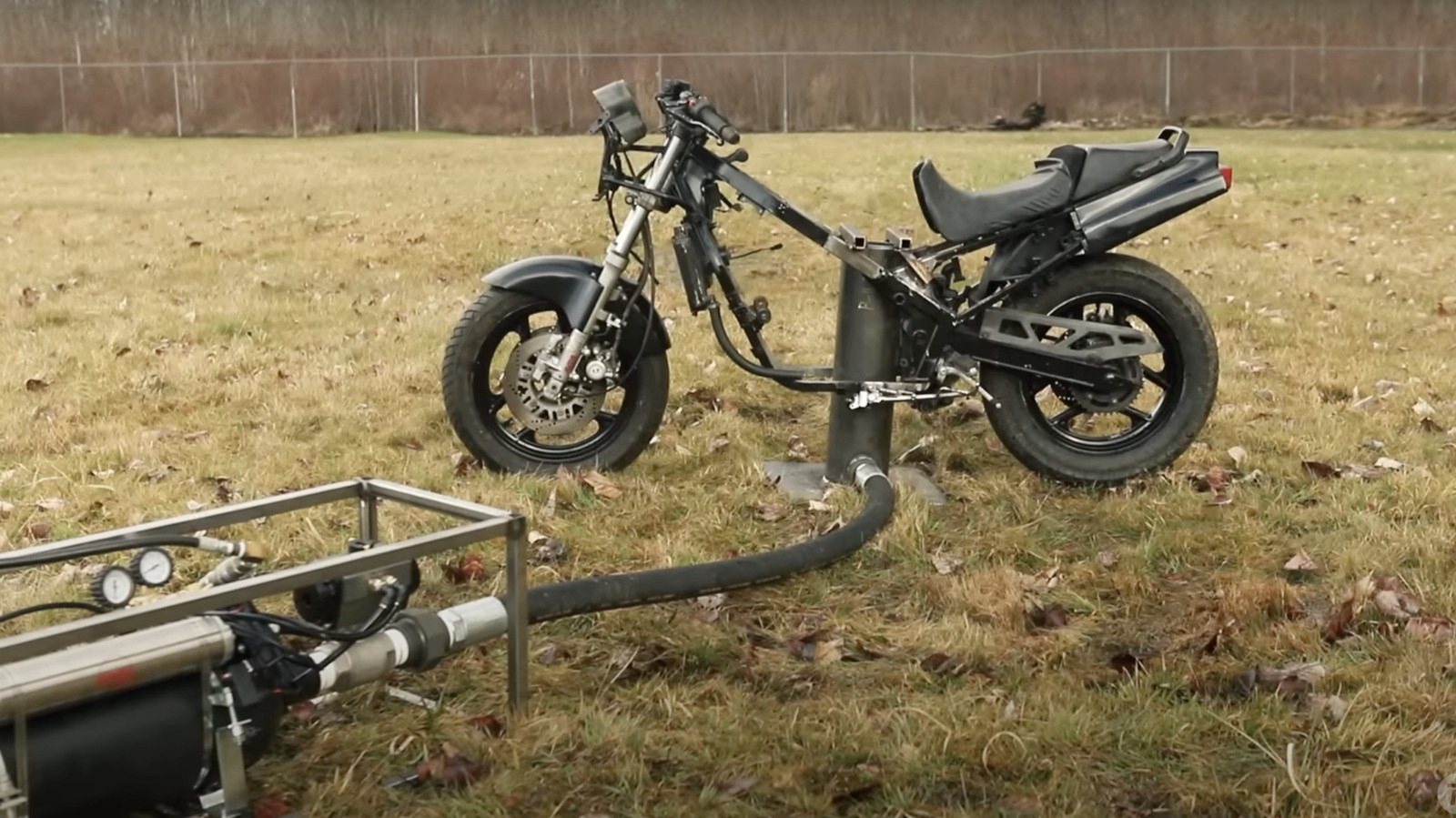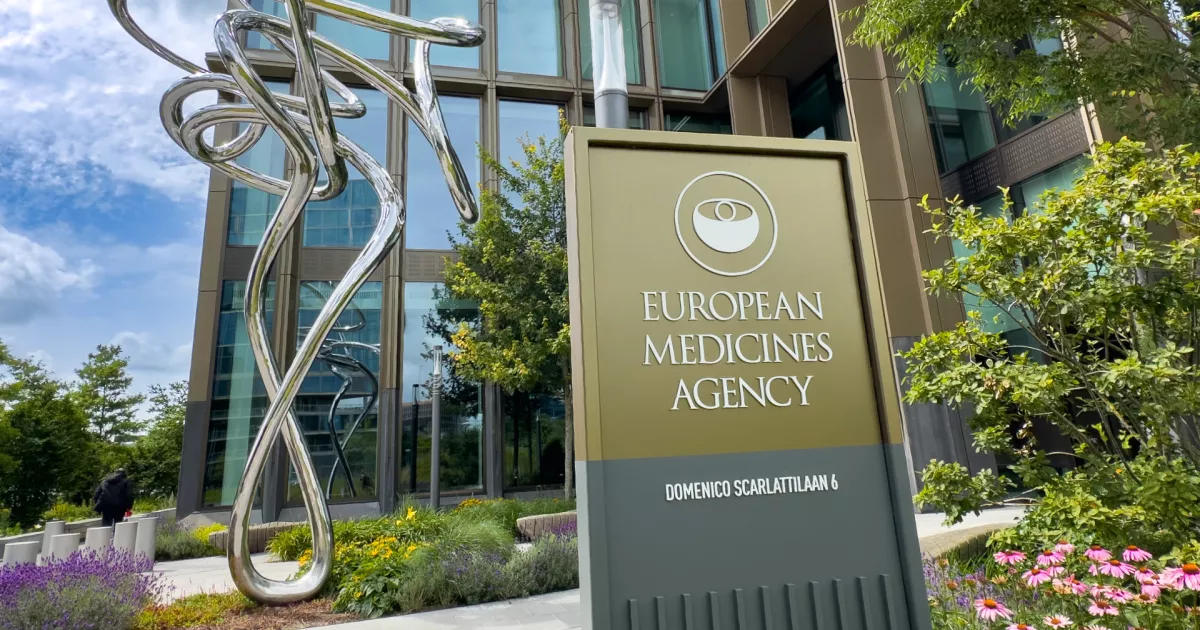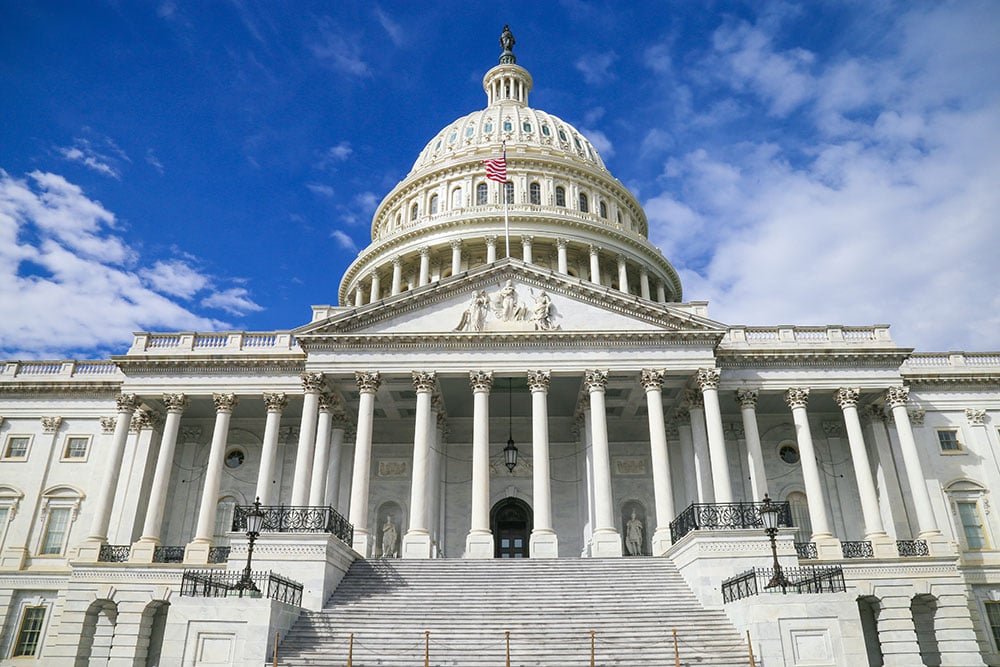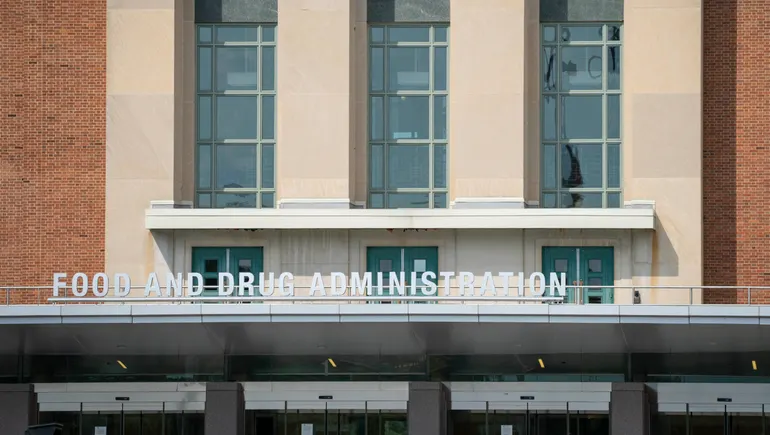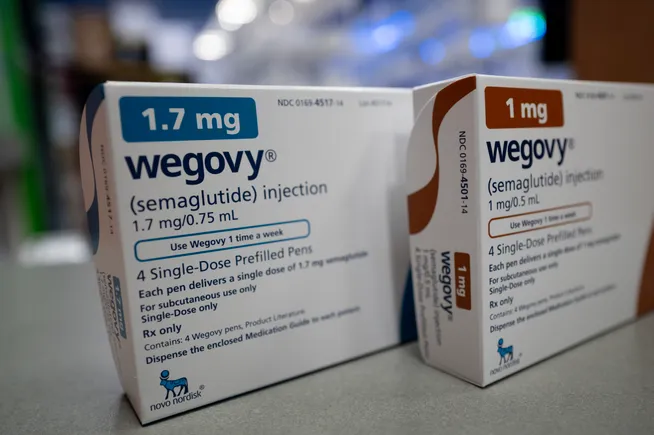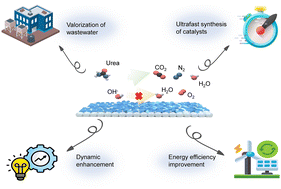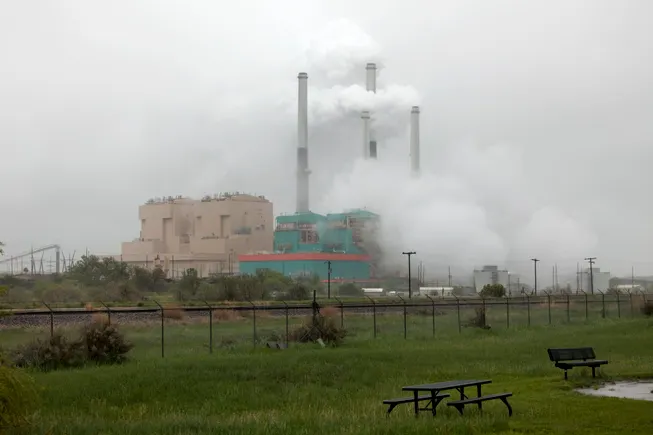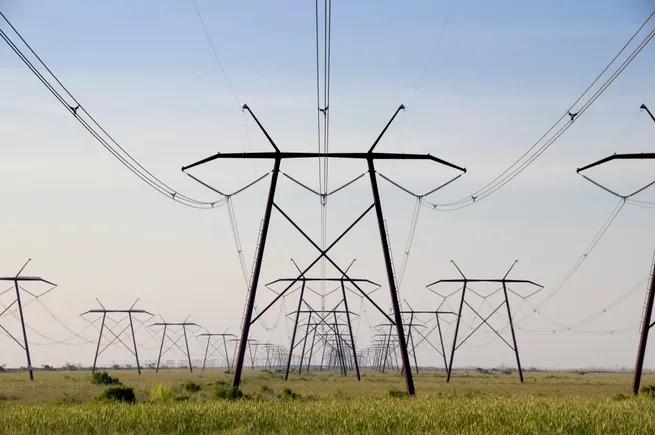Variant mutation G215C in SARS-CoV-2 nucleocapsid enhances viral infection via altered genomic encapsidation
by Hannah C. Kubinski, Hannah W. Despres, Bryan A. Johnson, Madaline M. Schmidt, Sara A. Jaffrani, Allyson H. Turner, Conor D. Fanuele, Margaret G. Mills, Kumari G. Lokugamage, Caroline M. Dumas, David J. Shirley, Leah K. Estes, Andrew Pekosz, Jessica W. Crothers, Pavitra Roychoudhury, Alexander L. Greninger, Keith R. Jerome, Bruno Martorelli Di Genova, David H. Walker, Bryan A. Ballif, Mark S. Ladinsky, Pamela J. Bjorkman, Vineet D. Menachery, Emily A. Bruce The evolution of SARS-CoV-2 variants and their respective phenotypes represents an important set of tools to understand basic coronavirus biology as well as the public health implications of individual mutations in variants of concern. While mutations outside of spike are not well studied, the entire viral genome is undergoing evolutionary selection, with several variants containing mutations in the central disordered linker region of the nucleocapsid (N) protein. Here, we identify a mutation (G215C), characteristic of the Delta variant, that introduces a novel cysteine into this linker domain, which results in the formation of a more stable N-N dimer. Using reverse genetics, we determined that this cysteine residue is necessary and sufficient for stable dimer formation in a WA1 SARS-CoV-2 background, where it results in significantly increased viral growth both in vitro and in vivo. Mechanistically, we show that the N:G215C mutant has more encapsidation as measured by increased RNA binding to N, N incorporation into virions, and electron microscopy showing that individual virions are larger, with elongated morphologies.
by Hannah C. Kubinski, Hannah W. Despres, Bryan A. Johnson, Madaline M. Schmidt, Sara A. Jaffrani, Allyson H. Turner, Conor D. Fanuele, Margaret G. Mills, Kumari G. Lokugamage, Caroline M. Dumas, David J. Shirley, Leah K. Estes, Andrew Pekosz, Jessica W. Crothers, Pavitra Roychoudhury, Alexander L. Greninger, Keith R. Jerome, Bruno Martorelli Di Genova, David H. Walker, Bryan A. Ballif, Mark S. Ladinsky, Pamela J. Bjorkman, Vineet D. Menachery, Emily A. Bruce The evolution of SARS-CoV-2 variants and their respective phenotypes represents an important set of tools to understand basic coronavirus biology as well as the public health implications of individual mutations in variants of concern. While mutations outside of spike are not well studied, the entire viral genome is undergoing evolutionary selection, with several variants containing mutations in the central disordered linker region of the nucleocapsid (N) protein. Here, we identify a mutation (G215C), characteristic of the Delta variant, that introduces a novel cysteine into this linker domain, which results in the formation of a more stable N-N dimer. Using reverse genetics, we determined that this cysteine residue is necessary and sufficient for stable dimer formation in a WA1 SARS-CoV-2 background, where it results in significantly increased viral growth both in vitro and in vivo. Mechanistically, we show that the N:G215C mutant has more encapsidation as measured by increased RNA binding to N, N incorporation into virions, and electron microscopy showing that individual virions are larger, with elongated morphologies.







































